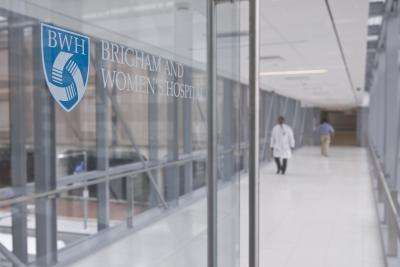New model predicts hospital readmission risk

Hospital readmissions are a costly problem for patients and for the United States health care system with studies showing nearly 20 percent of Medicare patients are readmitted to the hospital within 30 days of discharge at an annual cost of $17 billion. Preventing avoidable readmissions could result in improved patient care and significant cost savings. In a new model developed at Brigham and Women's Hospital (BWH), researchers help clinicians identify which medical patients are at the greatest risk for potentially avoidable hospital readmissions so extra steps can be taken to keep those patients healthy and out of the hospital. The model is published in the March 25, 2013 online edition of JAMA Internal Medicine.
"The strength of this model is its simplicity," said Jacques Donzé, MD, MSc, a research associate in the Department of Medicine at BWH and co-creator of the model. "We have identified seven important variables that a physician can easily run through at a patient's bedside prior to discharge. If a patient is determined to be at high-risk for readmission, a return trip to the hospital could be prevented by providing additional interventions such as a home visit by a nurse or pharmacist consultation.
The seven independent factors, which were discovered over the course of three years of research, include:
- Hemoglobin level at discharge
- Sodium level at discharge
- Whether or not the patient is being discharged from an oncology service
- Whether or not non-surgical patients had a procedure during their hospital stay
- Whether or not the hospital admission was elective
- The number of times the patient has been admitted to the hospital during the last year
- The length of the patient's hospital stay
"This model can be a valuable tool in the national effort to reduce health care costs and improve the quality of care," said Jeffrey Schnipper, MD, MPH, the director of clinical research for the BWH hospitalist service and a co-creator of the model. "Identifying patients who at least have the potential to benefit from more intensive transitional interventions is an important first step in reducing hospital readmissions."
Researchers stress that this model predicts the risk of potentially avoidable readmission, and that no prediction model will be a perfect indicator of preventable hospital readmission. Because the model was created and validated at one hospital, a multi-center international validation of the model is now underway.















